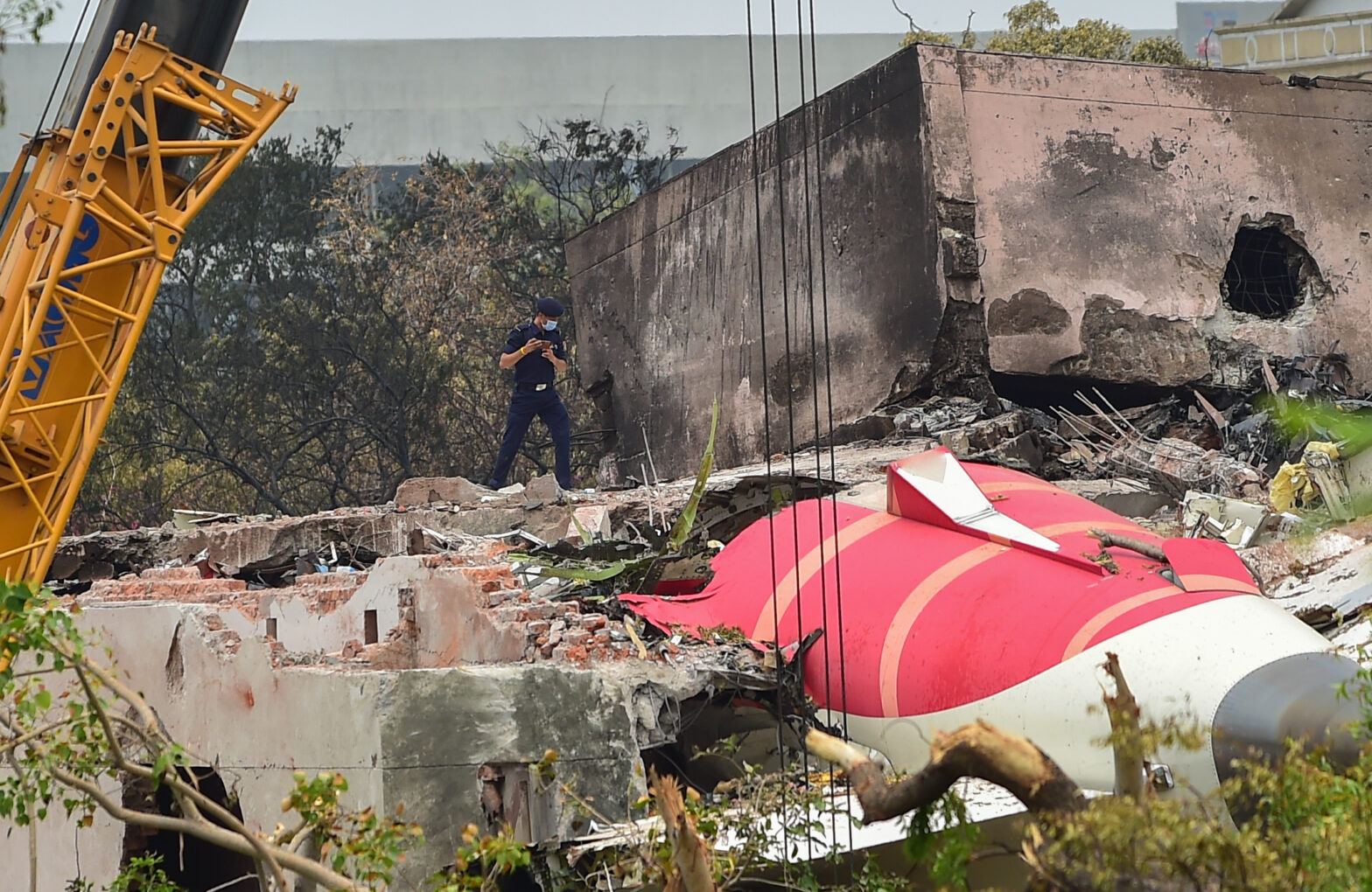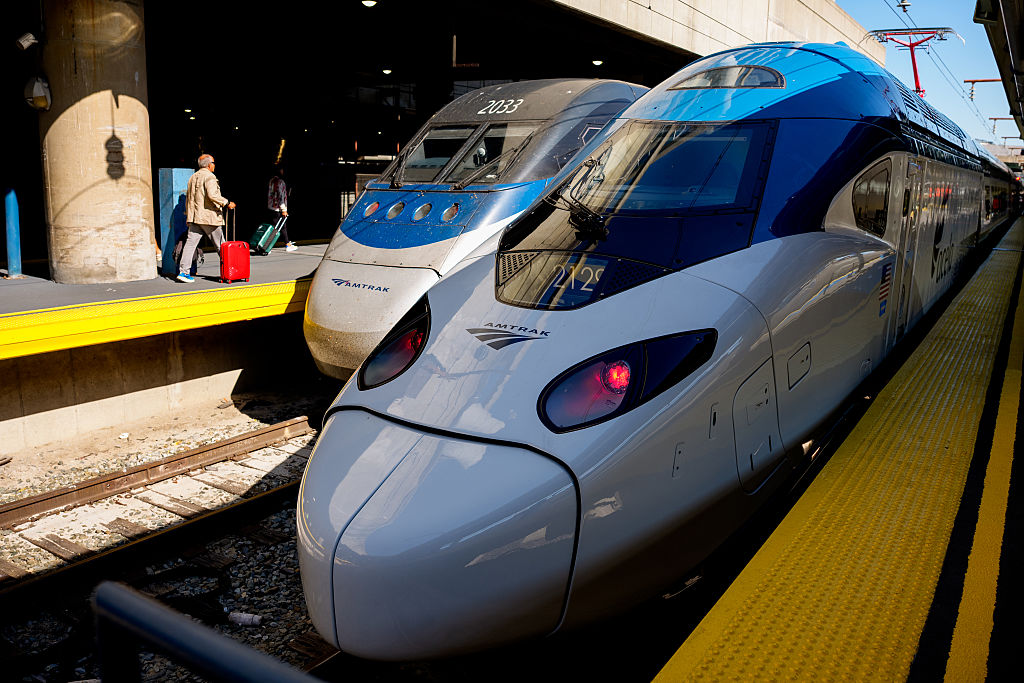The cockpit voice recorder from last month’s Air India Boeing 787 Dreamliner crash has revealed a crucial exchange between the flight’s two pilots. It indicates that Captain Sumeet Sabharwal may have cut off fuel to the plane’s engines moments after takeoff.
According to a Wall Street Journal (WSJ) report citing people familiar with U.S. officials’ early assessment of the investigation, First Officer Clive Kunder, who was actively flying the plane during the June 12 disaster, asked the more experienced captain why he moved the fuel switches to the “cutoff” position seconds after the aircraft lifted off the runway.
This critical action appears to have triggered a catastrophic sequence of events that led to the crash in Ahmedabad, killing all 241 passengers and crew, plus 19 people on the ground. The WSJ report offers the first clear indication of who might have been responsible for the fuel cutoff that investigators had previously identified in India’s Aircraft Accident Investigation Bureau (AAIB) preliminary findings.
Critical Sequence Of Events
The investigation into the Air India crash has revealed that almost immediately after the plane lifted off, a backup power source called a ram air turbine deployed, indicating a loss of engine power. The London-bound flight reached only 650 feet before beginning to descend rapidly. While attempts were made to restart the engines by turning the fuel switches back to the “run” position, the aircraft was already too low and too slow to recover. The plane ultimately clipped trees and a chimney before crashing into a building on a nearby medical college campus.
The cockpit recording also captures the stark emotional contrast between the two pilots during the emergency. According to the WSJ report, First Officer Kunder “expressed surprise and then panicked,” while Captain Sabharwal “seemed to remain calm” throughout the incident. This difference in reaction between “one experienced and composed, the other shocked and panicked” may prove crucial to understanding the decision-making process in the cockpit during those final moments.
No Mechanical Failure Behind Air India Crash
The preliminary findings have reportedly fueled belief among some U.S. officials that criminal authorities should review the matter. As the WSJ noted, such a review would likely occur if the crash had occurred on American soil. Historically, agencies like the FBI become involved in aviation incidents when deliberate actions are suspected.
Air India CEO Campbell Wilson stated in an internal memo that the preliminary report found no mechanical or maintenance issues with the aircraft. The AAIB’s report also contained no safety recommendations for Boeing or engine manufacturer GE, further shifting attention to human factors in the cockpit.





